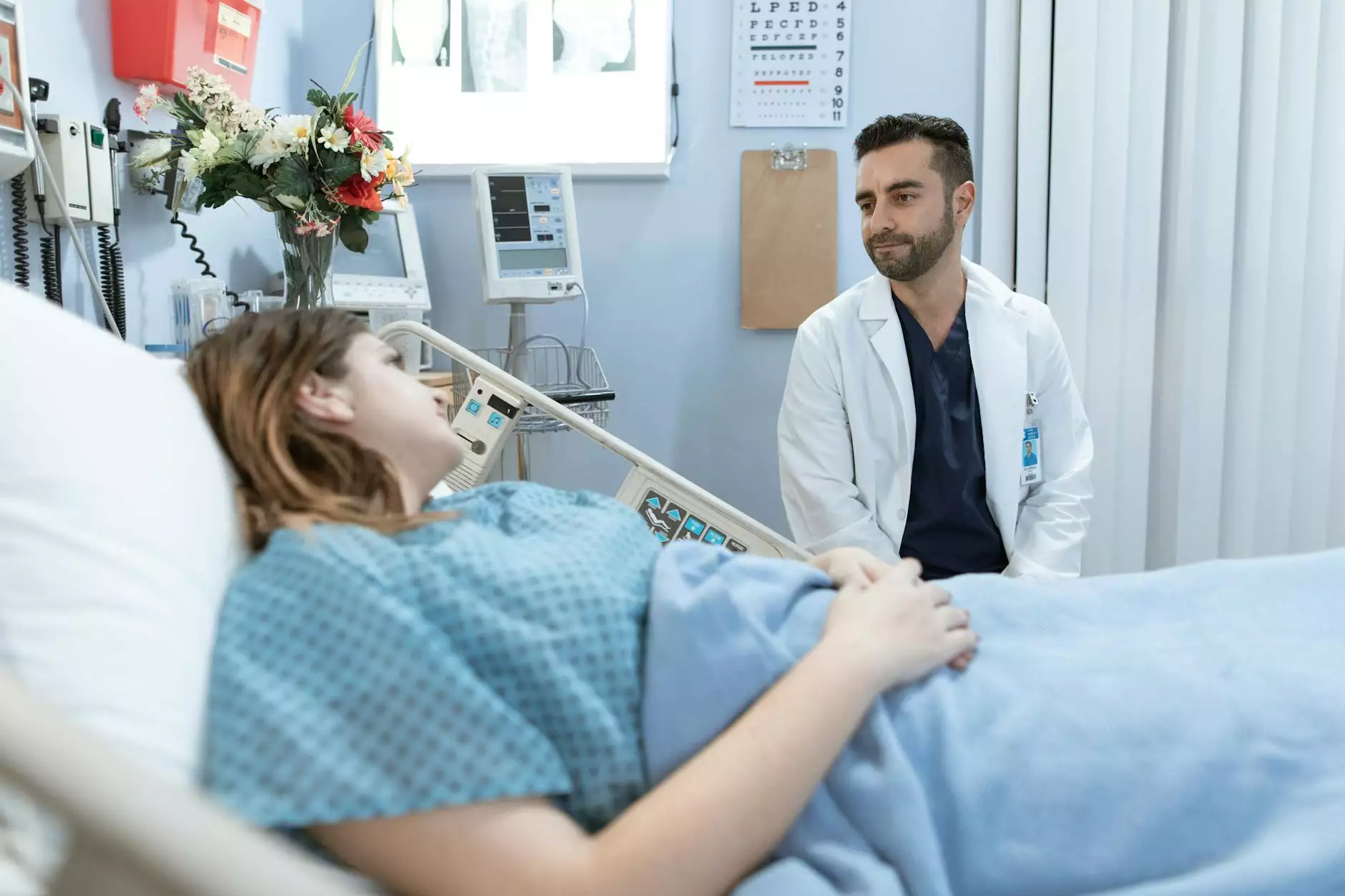Understanding Venous Stasis: Causes, Symptoms, and Treatment Options

Venous stasis is a medical condition that affects the circulatory system, leading to inadequate blood flow return from the lower extremities to the heart. This phenomenon can have significant consequences if left untreated, and understanding its intricacies is vital for maintaining vascular health. In this article, we delve into the details of venous stasis, exploring its causes, symptoms, and the various treatment options available. We aim to provide a comprehensive overview that not only informs but also empowers individuals seeking medical assistance.
What is Venous Stasis?
Venous stasis occurs when blood pools or stagnates in the veins, particularly in the legs. This stagnation can lead to severe complications, including deep vein thrombosis (DVT), venous ulcers, and chronic venous insufficiency (CVI). The condition is typically more prevalent in people with risk factors such as obesity, age, prolonged periods of inactivity, and genetic predisposition.
Causes of Venous Stasis
Understanding the causes of venous stasis is essential for prevention and management. The main contributors include:
- Prolonged Inactivity: Sitting or standing for extended periods, commonly seen in jobs that require long hours of sitting or standing, can contribute significantly to venous stasis.
- Obesity: Excess body weight increases pressure on the veins, making it difficult for blood to return to the heart.
- Age: As individuals age, the valvular function in veins may decline, making them more susceptible to venous stasis.
- Pregnancy: The growing uterus exerts pressure on the pelvic veins, which can impede blood flow.
- Genetic Factors: Inherited conditions, such as varicose veins, can predispose individuals to venous stasis.
- Medical Conditions: Certain diseases, including heart failure and conditions that affect blood clotting, can contribute to venous stasis.
Symptoms of Venous Stasis
The symptoms of venous stasis can vary widely, depending on the severity of the condition. Common symptoms include:
- Swelling: Particularly in the lower extremities, swelling is one of the most characteristic symptoms.
- Pain or Discomfort: Aching or cramping sensations in the legs, especially after prolonged periods of inactivity.
- Skin Changes: The skin may become discolored, with a brownish color due to iron deposits from red blood cells.
- Varicose Veins: Prominent, twisted veins that can appear due to increased pressure.
- Ulcers: Chronic venous stasis can lead to painful open sores or ulcers, particularly around the ankles.
Diagnosis of Venous Stasis
Diagnosing venous stasis typically involves a comprehensive examination by a vascular specialist. Common diagnostic methods include:
- Medical History: A detailed review of the patient's medical history, including family history and lifestyle factors.
- Physical Examination: A thorough examination of the legs to assess swelling, skin changes, and visible varicosities.
- Ultrasound: Doppler ultrasound is often used to visualize blood flow and detect any blockages in the veins.
Treatment Options for Venous Stasis
Treatment strategies for venous stasis are multifaceted and can vary based on the severity of the condition. Options include:
1. Lifestyle Changes
Implementing lifestyle changes can significantly reduce the symptoms and progression of venous stasis. Effective strategies include:
- Regular Exercise: Engaging in physical activity enhances blood circulation and reduces swelling.
- Weight Management: Achieving a healthy weight can alleviate excess pressure on the venous system.
- Leg Elevation: Elevating the legs periodically can help reduce swelling and improve venous return.
- Compression Therapy: Wearing compression stockings can provide support and prevent blood from pooling.
2. Medical Interventions
For more severe cases of venous stasis, medical interventions may be necessary. These can include:
- Medications: Anticoagulants or blood-thinning medications may be prescribed to prevent blood clots.
- Sclerotherapy: This procedure involves injecting a solution into the affected veins to close them off, redirecting blood flow to healthier veins.
- Laser Treatment: Laser therapies can target and reduce the appearance of varicose veins.
- Vein Surgery: Surgical options may be considered for extensive cases, including vein stripping or ligation to remove the affected veins.
Complications Arising from Venous Stasis
If venous stasis is left untreated, several complications can arise, including:
- Deep Vein Thrombosis (DVT): A serious condition where blood clots form in the deep veins, risking pulmonary embolism.
- Venous Ulcers: Severe skin breakdown can lead to non-healing wounds, particularly around the ankle.
- Chronic Venous Insufficiency: A long-term condition where the veins cannot pump enough blood back to the heart, leading to chronic swelling and changes in the skin.
Prevention of Venous Stasis
Preventing venous stasis is essential for maintaining vascular health. Strategies include:
- Stay Active: Regular physical activity helps maintain circulation.
- Avoid Prolonged Sitting or Standing: Take breaks to move around if you're in a sedentary job.
- Wear Compression Stockings: These can help maintain blood flow, especially if you have a predisposition to venous issues.
- Stay Hydrated: Proper hydration supports overall vascular health.
Conclusion: The Importance of Early Intervention
In conclusion, understanding venous stasis and its implications is crucial for anyone at risk or experiencing symptoms. The earlier intervention takes place, the better the chances of successfully managing the condition. Whether through lifestyle changes, medical treatments, or simply being aware of risk factors, proactive measures can help individuals maintain their vascular health.
At Truffles Vein Specialists, we are dedicated to providing the highest level of care to our patients. Our team of experts is equipped with the knowledge and tools to assist individuals experiencing venous issues. If you or someone you know is struggling with symptoms of venous stasis, reach out to us today for a consultation.









